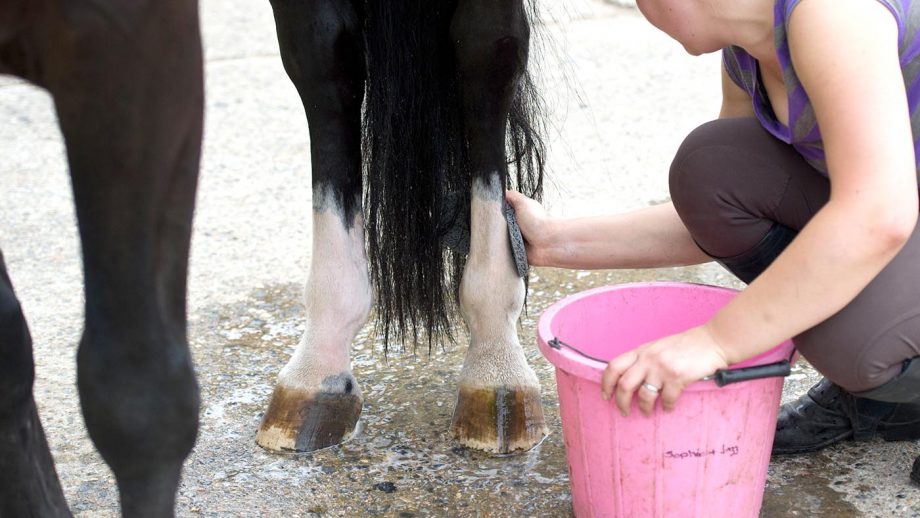Riding a horse without reins is a fascinating skill that captures the imagination of many equestrians and horse enthusiasts. It’s not just about showing off; it’s about connecting with your horse on a deeper level and developing trust. In the beginning, mastering how to ride a horse without reins can seem daunting, but with patience and practice, it’s entirely achievable.
In this article, we’ll explore various techniques and tips on riding without reins that can help you gain confidence and enhance your riding skills. Whether you’re a beginner or a seasoned rider, learning how to communicate with your horse using only your body language and seat is a rewarding experience.

Benefits of Riding Without Reins
Understanding the benefits of riding without reins can be a great motivator. This practice helps you improve balance, enhance communication, and develop a stronger bond with your horse.
Improved Balance
Without the use of reins, you’ll naturally improve your balance. It requires a deeper understanding of your body’s alignment and how it affects the horse. This skill translates to better riding overall.
Enhanced Communication
Riding without reins enhances your ability to communicate with your horse through subtle body cues. As you learn to rely on your body more than your hands, you’ll find a new level of understanding with your equine partner.
Strengthening the Bond
When you and your horse communicate efficiently through non-verbal signals, it leads to a stronger trust and bond, enriching your riding experience.
Preparation Before Riding Without Reins
Before you leap into the saddle rein-free, it’s essential to prepare both yourself and your horse for this new method of riding. Here’s how to get started.
Building Trust
Trust is the foundation of riding without reins. Spend time bonding on the ground, using techniques like grooming and talking softly to build confidence and trust.
Basic Aids Training
Ensure both you and your horse understand basic aids, such as leg cues and weight shifts. These are crucial as they will become your primary means of communication.
Choosing the Right Environment
Start in a controlled environment, like an enclosed arena, to minimize risks and distractions for both you and your horse.
Steps to Practice Riding Without Reins
Heres a step-by-step guide to help you practice riding without reins effectively:
Start with Walking
Begin with simple exercises at a walk. Use your seat and legs to guide your horse, gradually removing the reliance on reins.
Progress to Trotting
As you and your horse become comfortable, gradually progress to trotting. Focus on maintaining balance and using subtle body cues.
Incorporate Circles and Turns
Practice making circles and turns without reins. Use your legs and torso to cue direction changes, helping you improve control and communication.
Advanced Techniques for Riding Without Reins
Once youve mastered the basics, try incorporating some advanced techniques to further enhance your skills.
Working with a Trainer
Consider working with a trainer to refine your technique and ensure you and your horse remain safe while perfecting your no-reins skills.
Groundwork and Desensitization
Incorporating groundwork and desensitization techniques helps make transitions smoother and prepares your horse for unexpected situations while riding without reins.
Use of Voice Commands
While riding without reins, voice commands can be an effective tool to cue your horse. Begin with simple commands and work towards more complex instructions.
Challenges and How to Overcome Them
Riding without reins presents unique challenges but overcoming them is part of the rewarding journey.
Building Patience
Patience is key. Take time to learn each step thoroughly before advancing, ensuring both you and your horse are comfortable with each new skill.
Staying Calm and Focused
Both you and your horse may have moments of nervousness. Staying calm and focused will help you maintain control and confidence.
Recommended Equipment
While reins won’t be essential, other equipment can help enhance your riding experience.
Saddle Selection
Choosing the right saddle is crucial for your comfort and balance. A well-fitted saddle helps maintain your seating while communicating cues effectively.
Consider Using Bareback Pads
If you’re confident without a saddle, bareback pads can aid in close contact with your horse, enhancing communication through body signal.
Maintaining Safety While Riding Without Reins
Safety should always be a top priority. Follow these guidelines to ensure a safe experience for both you and your horse.
Wearing Protective Gear
Always wear a helmet and consider protective vests to minimize injury risks.
Ensure a Calm Horse
Before riding, ensure your horse is calm and relaxed. Any sign of agitation or distress should be addressed before continuing.
Conclusion: Embark on a Trust-Building Journey
Learning how to ride a horse without reins is a journey that fosters trust, improves your riding skills, and deepens the connection with your horse. With patience and practice, this empowering skill will elevate your overall equestrian experience. For further insights and preparation, consider exploring [how much does a saddle weigh](https://ofhorse.com/how-much-does-a-saddle-weigh) and [what length stirrup leathers do I need](https://ofhorse.com/what-length-stirrup-leathers-do-i-need).

FAQs About Riding Without Reins
What skills do I need before trying no reins?
Before attempting to ride without reins, ensure you understand basic riding signals, have good balance, and your horse trusts you.
How long does it take to learn?
The time varies from rider to rider. With consistent practice, most riders begin to feel confident within a few weeks.
Is it safe for beginners?
With proper supervision and a calm, trained horse, beginners can learn to ride without reins safely. Always prioritize safety and take gradual steps.







